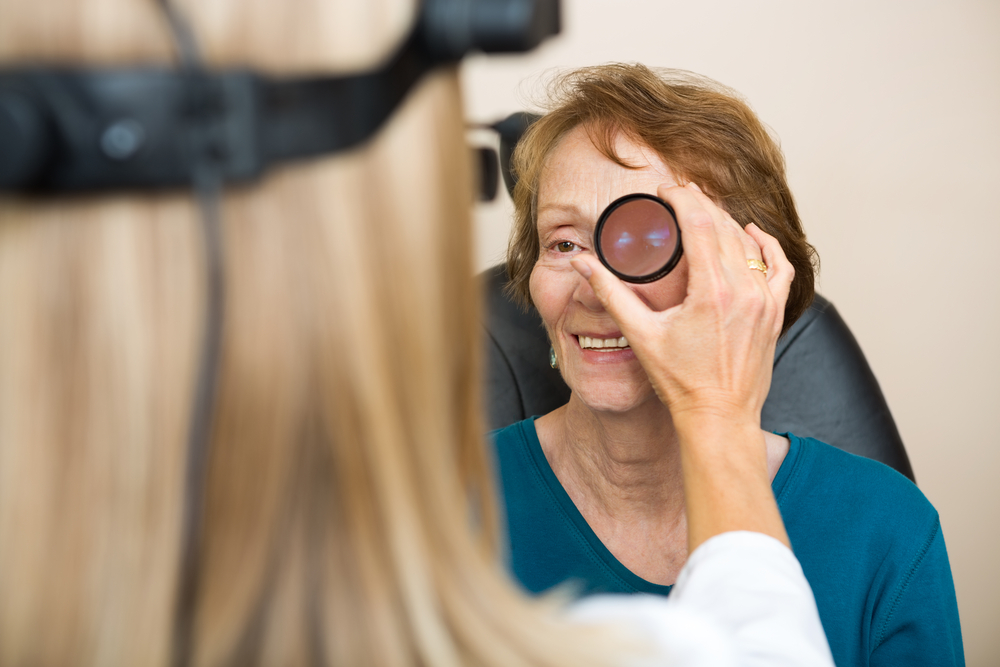
When most people think about their eyesight, they tend to focus on how clearly they can see objects directly in front of them. However, your peripheral vision is just as important for daily activities such as driving, walking safely, and navigating your surroundings. Maintaining healthy peripheral vision is crucial, and regular medical eye exams play a key role in preserving it.
Why Peripheral Vision Matters
Peripheral vision helps you detect movement, maintain balance, and stay oriented in your environment. It’s what alerts you to an approaching car while crossing the street or a person walking beside you. Damage to peripheral vision can happen slowly and often without noticeable symptoms at first, making early detection essential.
Common Causes of Peripheral Vision Loss
Several eye and medical conditions can affect your side vision, including:
• Glaucoma: A leading cause of irreversible peripheral vision loss. Glaucoma damages the optic nerve over time, usually due to high intraocular pressure, and often goes unnoticed without regular eye exams.
• Retinitis Pigmentosa: A hereditary condition that gradually narrows the visual field.
• Diabetic Retinopathy: Poorly controlled diabetes can damage the blood vessels in the retina, affecting both central and peripheral vision.
Because many of these conditions develop slowly, consistent comprehensive eye exams are the most effective way to detect changes before vision loss becomes severe.
How Eye Exams Protect Peripheral Vision
At Grand Ridge Eye Clinic, our doctors perform detailed eye exams that assess not only your central vision but also your visual field - the full range of what you can see without moving your eyes. During these exams, we may perform visual field testing, tonometry (to measure eye pressure), and retinal imaging to identify any abnormalities. These diagnostic tools help us detect early signs of glaucoma, retinal disease, or other issues that could impact your peripheral vision.
Managing Low Vision and Peripheral Vision Loss
If you’ve already experienced peripheral vision loss, our team can help you make the most of your remaining sight. Low vision rehabilitation can include:
• Customized optical aids or specialized lenses
• Visual training to improve scanning and awareness
• Adaptive strategies for mobility and independence
Our goal is to enhance your quality of life and ensure you maintain as much functional vision as possible.
Tips for Maintaining Peripheral Vision Health
• Schedule regular comprehensive eye exams - even if you think your vision is fine.
• Manage chronic conditions like diabetes and high blood pressure.
• Wear protective eyewear to prevent injuries.
• Maintain a healthy lifestyle, including a nutrient-rich diet and regular exercise to support blood flow to the eyes.
Take Control of Your Eye Health
Your peripheral vision is vital for your safety, mobility, and independence. Because changes often occur gradually, early detection and ongoing eye care are essential. Through comprehensive exams, early diagnosis, and individualized management, you can take proactive steps to protect your sight for years to come.
Schedule your annual eye exam at Grand Ridge Eye Clinic to safeguard your peripheral vision and overall eye health. Visit our office in Kennewick, Washington, or call (509) 736-0710 to book an appointment today.








